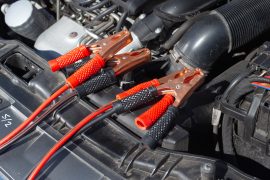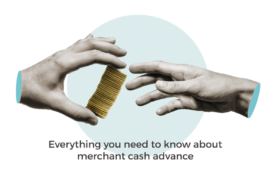As you start exploring vehicle options, it may be a good idea to determine your budget. Start by going through your monthly budget and see what your cash flow looks like. Looking at these numbers, get an idea of the cars that fall in your price range. To reduce your monthly obligation, you may want to contribute money towards a down payment.
This way, you could pay partly in cash and pay the rest by trading in your older car. Generally, most Aussies aim to make a down payment of at least 20% of a new car’s value and 10% for a used car.
But before you go about this process, it’s important to know how much cash you’ll need. Don’t know where to start?
Take a (back) seat and let us drive you through a savings plan for your car.
Save Automatically
If you don’t have a savings account, then that may be a good place to start. When you’re setting up your savings account, try to opt for an account that gives you:
- A high yield,
- Low fees
- Competitive interest rates
Getting separate savings to account from a checking account can help you keep track of how much money you’ll have for the down payment. Having a single bank account may make it hard for you to keep track of your savings since numerous transactions will happen every day.
When you set up a savings account, you can also opt for automatic contributions for getting paid. This may make it easier for you to track your new funds. Moreover, this will also give you a clear picture of what you can afford. You can also try a money-savings app to automate your savings.
Calculate the Down Payment
Before you head out to buy a car, take some time to calculate the down payment. This amount is going to depend on the car you want and your financial situation. Like we mentioned earlier, you should aim to pay 10 to 20 percent for your car’s down payment. When you put down a large payment, you help reduce the total interest on your car, and you end up paying a lower installment. Check for savings on cars at Bountii which is a deals website.
Usually, for a new car, a bigger down payment is more feasible. You’ll want to avoid a situation in which your car’s depreciation outpaces the value of the loan.
Purchase or Lease?
Leasing a car means that you’re paying money for the ability to drive the car for an “n” number of years until it’s time to return the car to the dealership. One upside to leasing is that you have to pay a small amount upfront. But the downsides are that if you go over the preset mileage limit or return the car with wear and tear, there may be an additional fee.
On the other hand, financing a car means that once you’ve made the required number of payments to the lender, you’ll own the car. Financing payments are usually bigger than leasing payments. However, there won’t be any mileage restrictions.
All in all, whether you want to lease a car or purchase depends on your preferences and your lifestyle. Leasing can be a good option for those who don’t have a lot of money and those who want it after a couple of years.
Financing can be a good option for those who want to keep the car after making the final payment. It can also make more sense if you don’t want to deal with mileage limitations.
Get a Side Gig
If your full-time job is only paying the bills, you may have to take on some extra work so that you can start saving for a car. Getting a side job may help you save that extra cash. A side job may mean selling homemade goods, delivering a person’s groceries, or working as a virtual employee. Earning a little amount can go a long way.
It’ll give you more money to devote towards a car, and you may also lower your monthly payment by making a bigger down payment.
Negotiating the Deal
Knowing how much you’re allowed to spend and getting approved for financing can help you confidently participate in the negotiation process. Before you go for the negotiation, do your research to know the market value of the vehicle you’re opting for. For instance, if you’re considering buying a Corolla, go through a detailed overview of the Corolla. Once you know what the car is worth, stick to your ground.
But if this process is too stressful for you, it may help if you took it online. There are some dealerships you can contact via email or call.
Wrapping Up
While buying a car may seem stressful, it doesn’t always have to be a hassle. You can take the stress out of the process by saving diligently for a down payment and doing your research.
A small amount of homework can go a long way!





